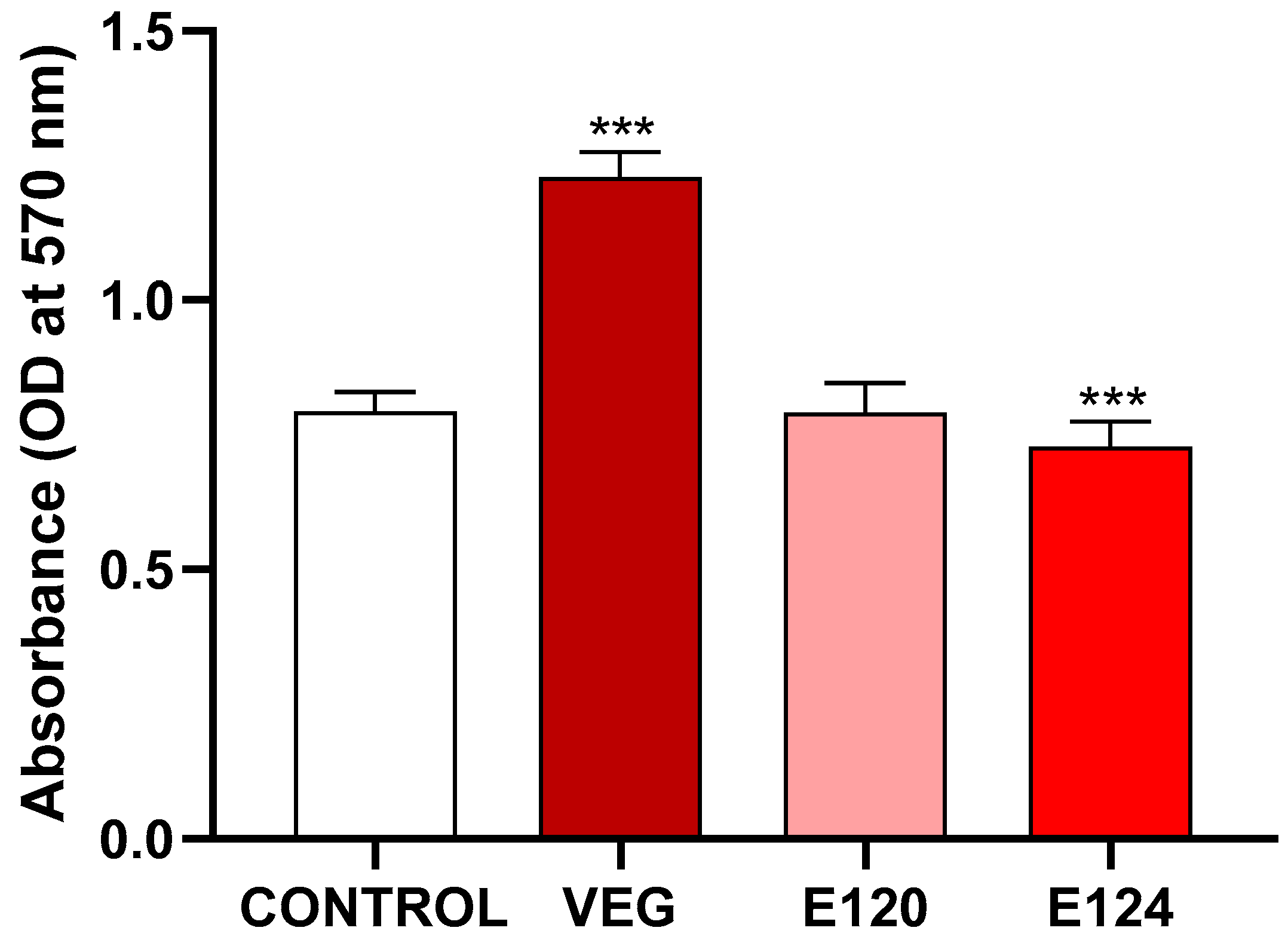Your bmi (body mass index) too much body fat can put you at risk for heart disease, stroke, and type 2 diabetes. E120 and potential health concerns while e120 is generally considered safe for consumption, some studies have raised concerns about potential health risks. For example, some research suggests that e120 may have an impact on individuals with attention deficit hyperactivity disorder (adhd). While e120 is a common food additive used to enhance the color of various products, it is important to be aware of its presence in your diet. By understanding the role of e120, potential health concerns, and alternatives available, you can make informed choices about the foods you consume.
There are alternative natural food coloring options available for those who prefer to avoid e120. Learn about e120, a red food coloring agent commonly used in the food industry. Discover its uses, health considerations, and alternatives. Health benefits of e120. E120 is rich in antioxidants, which help protect the body from oxidative stress and inflammation. It is also low in calories and fat, making it a suitable option for those looking to maintain a healthy weight. Uses of e120 in diets The food dye retains harmful proteins from the crushed insects potentially being a strain to gut health. Furthermore, the fact that it uses aluminum in the manufacturing process is a hazard on its own. E120, also known as carmine or cochineal extract, is a common food color additive. Its known for its vibrant red hue, derived from a surprising source: The crushed bodies of female scale insects. This additive is found in a variety of food products.
Its known for its vibrant red hue, derived from a surprising source: The crushed bodies of female scale insects. This additive is found in a variety of food products.
Schnucks Weekly Ad: Your Guide To The BEST Deals This Week
This Google Gravity Lava Experiment Will Blow Your Mind
How F1nnster's Leaks Changed Everything
